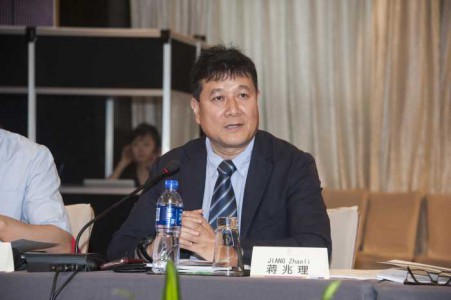National Development and Reform Commission’s (NDRC) Climate Secretary, Jiang Zhao Li, has confirmed that regulations surrounding Chinese offset credits (CCERs) and projects will be reformed.

Among the potential reforms it is certain that the project application process for CCERs will be simplified. This could mean that the turnaround for credit issuance may be reduced from the average 253 days it currently takes after the submission of the project document.
Although not confirmed officially, rumours have reported that NDRC would impose a start date criterion of 1 January, 2015 before issuing compliance grade credits. It is unclear if the criterion strictly applies to projects starting after 1 January, 2015, or simply to emissions reductions occurring after this date. These rumours have yet to be confirmed officially, but if found true only 67 of the currently approved projects would be deemed eligible.
CCER credits can be used by Chinese compliance entities to meet their annual surrender obligations, with a single CCER credit equivalent to a metric ton of CO2 equivalent. CCER credits are accepted in all seven pilots, however, each pilot scheme has tailored regulations for accepting CCERs from various projects identifying specific projects whose credits may (or may not) be used to meet compliance in their jurisdiction. Thus the supply of compliance grade CCERs in the market is limited further by sub-national regulations.
Adding another stringent criterion for project eligibility would render majority of the existing offset projects in China ineffectual. Currently, 614 projects have been approved by NDRC with estimated 40 million CCERs already issued to 210 projects.
Given that on average it takes a project 253 days to be issued credits after submitting their project documents, the new regulations would tighten CCER supply in national market and uplift prices.
Developers of pre-CDM projects are liable to take a big hit if projects are limited to a start date after 2015, or even 2013. According to a project developer who wished to remain anonymous, there are entities that anticipated such issues and opted for newly built projects, and are thus likely to be on the gaining side. It can be expected that stakeholders from both sides will approach NDRC to provide their feedback and influence the reforms.
